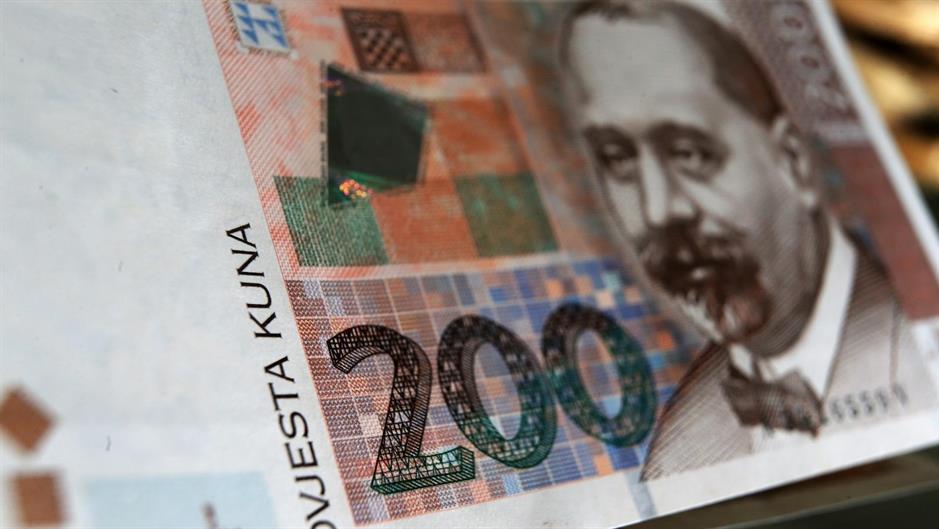
At the end of July 2018, total loans in Croatia amounted to 248.7 billion kuna (€33.5 billion) , or 0.9 percent down from the previous month. Year-on-year, the amount dropped by 6.2 billion kuna (€835 million), or 2.4 percent.
This means that the total value of loans - which includes loans issued to the central and local governments, businesses, households, and financial institutions - continued to post year-on-year falls, a trend which has been going on since November 2012, analysts of the Raiffeisenbank Austria (RBA)said in their report on Wednesday.
They added that the drop in overall loans is largely thanks to the drop in foreign currency denominated loans, which currently account for under 60 percent of all loans, and which fell by 7.6 percent year-on-year, to 148.3 billion kuna (€20 billion).
On the other hand, kuna-denominated loans in July totalled 100.4 billion kuna (€13.5 billion), or 6.4 percent up compared to the same month the year before, meaning that the share of loans denominated in the local currency reached 40 percent, up by 3 percentage points from July 2017.
"The currency structure of loans continues to change in favour of kuna-denominated loans, as these continue to grow in popularity due to the drop in interest rates," RBA analysts said.
Loans to businesses fell by 1.5 percent year-on-year, to 84.3 billion kuna (€11.3 billion), with their share in the overall total dropping to 34 percent. On the other hand, household loans rose by 4.1 percent year-on-year, to 121.9 billion kuna (€16.4 billion), posting an increase for the 11th month in a row, and arriving to a 49 percent share in value of all loans.
(€1 = 7.42 kuna)
Follow N1 via mobile apps for Android | iPhone/iPad | Windows| and social media on Twitter | Facebook.
Kakvo je tvoje mišljenje o ovome?
Pridruži se raspravi ili pročitaj komentare



 Srbija
Srbija
 Bosna i Hercegovina
Bosna i Hercegovina
 Slovenija
Slovenija







